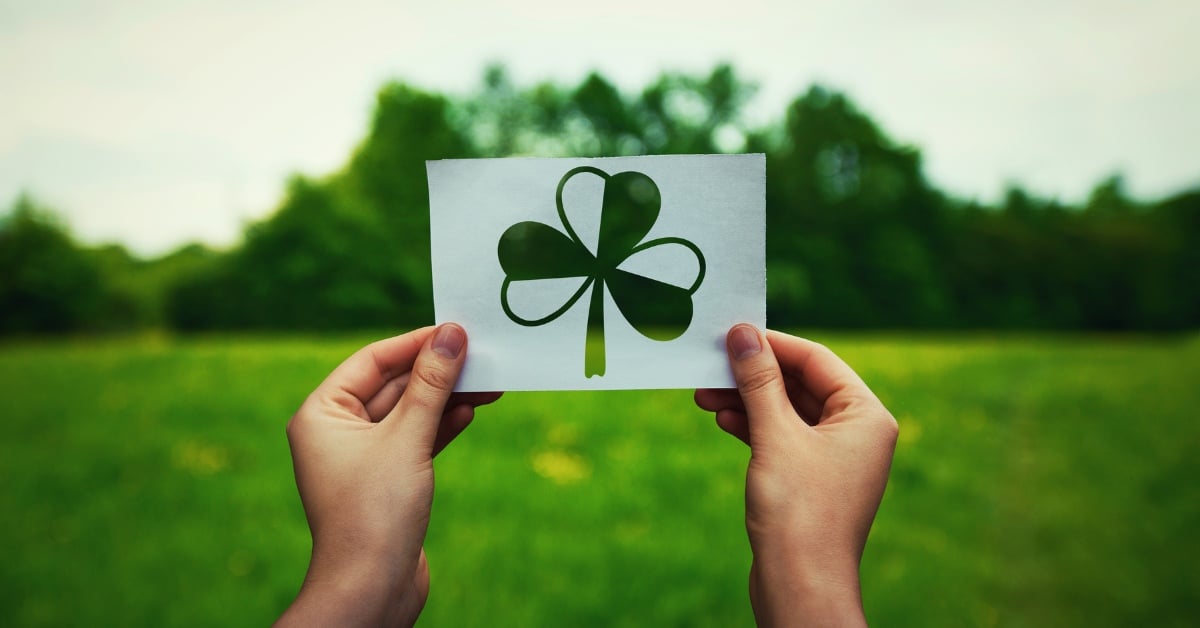Welcome, dear reader, to a world of mystery and intrigue, where symbols and objects hold great power and significance. Today, I invite you to delve into the fascinating realm of lucky charms and talismans, exploring their history and legends.
From rabbits’ feet to holy medals, a look at the talismans we carry to bring good luck and ward off danger.
The concept of luck, or having things go in one’s favor, is a much sought-after experience. Even those who claim not to be superstitious will bend over to pick up a “lucky penny” as they feel their day will be better on account of it. The act of carrying a lucky charm or talisman has been part of many cultures throughout history. Charms and Talismans serve two purposes: first, to attract good luck and, second, to ward off evil.
In ancient African culture, the carrying of an animal’s foot or other parts of a swift creature was supposed to help a person be able to escape or flee with the speed of the animal. This “lucky rabbit’s foot” charm was handed down and assimilated into our culture by the enslaved Africans who were brought to the New World. Also borrowed from centuries of African Voodoo ceremonies is a Mojo or luck bag that could carry many lucky objects or a spell meant to cause a particular effect. The idea is that certain items (spices, teeth, feathers, etc.) placed in a bag and blessed or “charged” will produce a magical effect for the person who carries it. Mojo bags are still popular today as many advertisements in magazines and on websites promote their use and distribution.
Also Read
The continent of Europe has also produced its share of lucky items. Followers of St. Patrick, who drove the “snakes,” i.e., the devil from Ireland, the patron saint of Ireland, have adopted the Shamrock (and in its rare form, the four-leaf clover) as a symbol of the “luck of the Irish” as clover grows plentiful in the green hills of Ireland. Finding a four-leaf one is less difficult than in other regions. This Irish symbolism becomes prevalent in American culture once a year as we celebrate St. Patrick’s Day and also lives on throughout the year in the form of a famous cereal that includes moons, stars, hearts, and clovers.
During the time of the Crusades, Nordic countries employed their magical alphabet, known as the runes, for protection, carving symbols of battle success into stones to be carried on a soldier.
In Eastern Europe during the middle ages, legends of the undead or vampires were prevalent, partially due to the number of plague deaths as well as a certain Romanian prince known as Vlad the Impaler, who horribly tortured and killed thousands. To ward off such vampires, charms, and talismans were employed. Legend has it that the undead cannot attack if you hold up a cross, the symbol of God, as good deflects evil. Another vampire vanquishing tool was a chain of garlic around your neck garlic was the closest thing to an antibiotic in the middle ages, so no wonder it seemed like a lucky charm!
In modern times, many lucky charms and talismans have been adopted and utilized. During the early 20th century, when many Irish Catholic men became Police officers in New York City, many started carrying a medal of St.Jude, along with their callbox key for protection, as St. Jude is considered to be the patron saint of policemen. Many Catholics continue to believe that certain holy medals (specially blessed ones) will aid those who wear them, particularly St. Christopher, who is the patron saint of travelers. Although crosses are not employed as a deflector for vampires today, at most Catholic funerals, many attendees have crucifixes around their necks that they don’t usually wear as everyday jewelry. On a less religious, although team-spiritual level, some ballplayers swear by a pair of “lucky socks” and hesitate to wash them during an important series for fear that they will lose power.
Although science has defeated superstition on many levels, we can’t help but pick up the penny lying in the street or smile when we come across a four-leaf clover.
Throughout human history, people from various cultures and traditions have believed in the power of certain objects to bring them good fortune, protect them from harm, or even provide supernatural abilities. From ancient Egyptian scarabs to modern-day horseshoes, these symbols and objects have held a special place in our collective consciousness.
But what is it that makes these items so special? Is it simply a matter of superstition and belief, or is there something more profound at play? As an academician, I believe the answers lie in the cultural and historical contexts in which these items emerged.
By studying the stories and legends behind lucky charms and talismans, we can better understand the societies and individuals who created and used them. We can learn about their values, beliefs, and fears, as well as their hopes and aspirations.
Moreover, by examining how these symbols and objects have been passed down through the generations, we can see how they hold relevance and meaning in our modern world. Whether we wear a lucky charm on a bracelet, carry a talisman in our pocket, or simply display a symbol in our home, these items connect us to our past and to one another.






